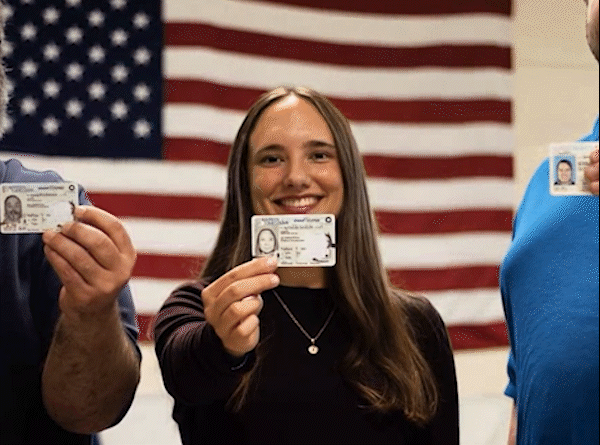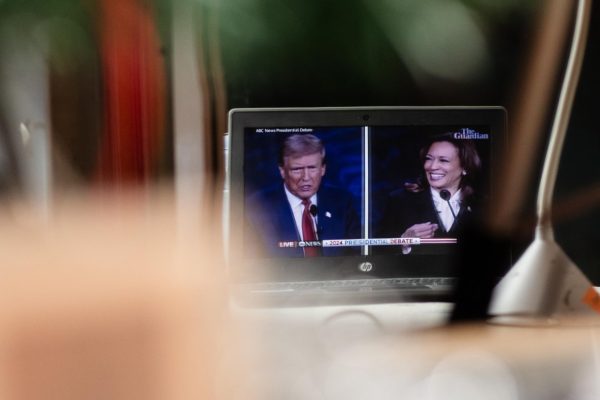School Fees Obstacle to ‘free’ public education
Over the summer, along with your schedule and bus number, you got in the mail a little pink slip of paper which listed all the class and classroom fees to be paid this school year. If you’re like me, you probably wondered why you had so many fees to pay at a PUBLIC school. The burden of the cost of education is supposed to be held by the taxpayers and the State, but increasingly it’s being left with the students.
Class dues
Each class’s fee is $20 or more, with the Junior class at the most for $70. While these fees are not required, each class board strongly suggests that each student pay his or her class dues because it allows the boards to hold events for the students; especially for an event like prom, without the support of junior class dues it is very hard to throw a nice party.
Club dues
Another set of fees students have to worry about are club dues. Like all the other fees, club dues are optional and especially optional because you don’t have to join any club; however, a lot of students like to join clubs and joining a club is highly recommended, especially for kids intending to apply for college in the future. So, yet again, there’s another ten dollars or more to you have to spend on your education. We consider clubs an important part of a well rounded education; it’s a way of getting involved in the school. It is just unfortunate that students are stuck paying the bill for something that the state and taxpayers should be providing.
Miscellaneous fees
So let’s say you don’t plan to go to prom, join a club, or attend of any of your class’s events like sophomore study session or senior movie night. That’s fine, so far you don’t owe anything. But let’s say you just got your license and you want to drive to school. If so, that will cost you $50 for a parking spot for the whole year. Need somewhere closer than your car trunk to store your stuff? How about a locker, only $4. What about if you forgot to print out your paper and it’s due next block? Depending on how long the paper is, if you want to print it out in the media center, I hope you brought a couple of dollars.
Fees for classes
Ok, so let’s say none of the above fees apply to you. You don’t go to class events, you’re not in a club and you ride the bus to and from school. But now I’ve got you: the most upsetting of all the fees are the general classroom fees, that is, costs of taking a certain class, such as, math, science, etc. This year fees were charged for all of those classes and more. Taking an art class? $15. Gym? $5. Science? $5. ROTC? $25. These fees are all optional, however, several of these classes are not. They are graduation requirements and our school actually really depends on students’ and parents’ contributions in order to hold these classes.
“They are used to support the school, such as, the science fee is for the cost of labs that teachers pay out of their pockets,” Karen Jester, the school’s finance director said.
Without contributions from East Meck families, teachers often end up having to pay for the necessary supplies of their classrooms. Fees, in essence, are a good way to provide support for the school while also supporting our teachers. The problem is that this support is constitutionally supposed to be provided by the taxpayers of North Carolina- that support is lacking.
North Carolina’s per pupil spending has been consistently decreasing for the past few years, falling to $8,898 for the ‘15-’16 school year. With a national per pupil spending average of $10,763, this ranks North Carolina 43rd out of the 50 states in per pupil spending. While the North Carolina General Assembly and Governor Pat McCrory boast spending more on public education than ever before, really, while the amount has been increasing, it hasn’t increased nearly enough to match North Carolina’s population increase (about .3 million from 2012) or to make up for the budget cuts made during the recession a few years ago.
We all know public education is lacking in funds. But instead of being helped out by its creator- that is, the government in charge of it- it is having to rely on its parents, teachers, and students to make up the difference. As funding goes down, our fees are going up, and it’s not going unnoticed.
Let’s say you’re a junior at East who takes all your required classes (which includes gym ($5), math ($5), and a science ($5), and as your electives take art ($15), culinary ($25) and ROTC ($25). You drive to school all year ($50), mostly because your parents work and you often have to stay after school for club meetings (you’re in FCCLA ($25) and Amigos de la Biblioteca ($25)). Because you stay after school so much, you have to have a locker ($5) to hold all your stuff. You’re thinking about joining a sport (min. $100), but your fees already add up to $249.
According to the North Carolina constitution, you have the “right to the privilege of education, and it is the duty of the State to guard and maintain that right.” Besides being a poorly crafted sentence, this Section 15 “right” just simply isn’t ringing true. If the State was so committed to guarding and maintaining that right, we and those that teach us wouldn’t be constantly having to pony up for things supposedly guaranteed to every citizen of this State, regardless of race, ethnicity, gender, or social class.
We all know that education is not free- somebody has to pay for it. But if we as a society truly believe that a full and well rounded education is the key to a better world, the money should be coming to the state from the citizens and from the state budget to the schools.
Your donation will support the student journalists of East Mecklenburg High School. Your contribution will allow us to purchase equipment and cover our annual website hosting costs.







